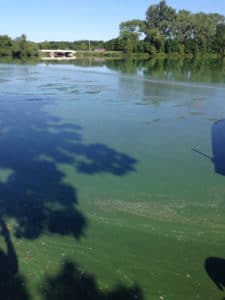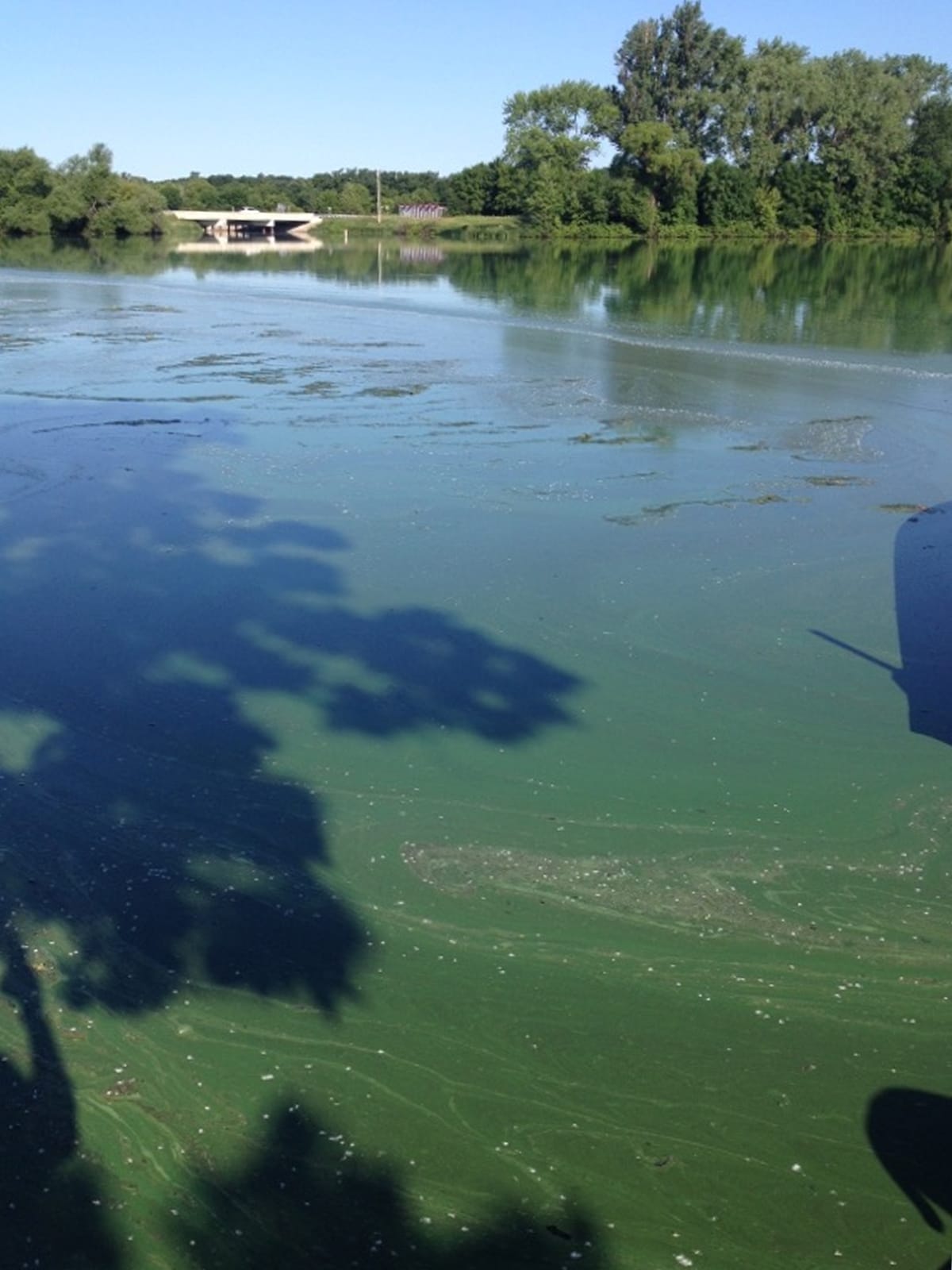by Dennis Dalman
news@thenewsleaders.com
A lake and river drawdown meeting that will affect hundreds of Sartell residents will be the topic of a public meeting scheduled from 7-9 p.m. Wednesday, March 28 at the Old Village Hall on Rice’s main street.
About 850 residential river lots north of the Sartell dam will be affected to some degree by the drawdown, which will begin Aug. 1 and continue until Sept. 15.
The project has provoked opposition by many along the river concerned about the six-week loss of some recreational uses on the water and skepticism about whether the plan will actually work as proposed. Others, however, including most along the lake and some along the river are very much in favor of the project, believing it will definitely improve water quality.
A Department of Natural Resources official, Eric Altena, will be at the public meeting to explain details of the drawdown and how it will – or will not – affect recreational uses of the Mississippi River north of Sartell and at Little Rock Lake southeast of Rice.
Altena, a DNR Fisheries supervisor based in Little Falls, has been spearheading the drawdown project for several years and has led many public meetings about the project.
Altena explained Little Rock Lake used to be a wetland basin before it became a larger watery area – a lake.
“That change (from water basin to lake),” Altena said, “caused the lake to absorb significant nutrients over time. A drawdown – lowering of water – can help to retain some of that plant material while allowing some of the nutrients to be processed. The intent is to improve water quality, shoreland stability and increase fish and wildlife habitat. Drawdowns have been done throughout the country and Minnesota with impressive success.”
The drawdown, Altena said, will involve opening the Sartell dam to lower the river and lake level by about three feet. The drawdown is expected to improve water quality in the lake and, to some degree, in the river.
The project cost is estimated at $235,000.
Little Rock Lake is actually a backwater area created when the Sartell dam was built in 1907, backing up water that flowed into lower land, resulting in a shallow “lake” of sorts. Throughout the years, the lake became the repository of many nutrients, such as nitrogen and phosphorous, that caused algae growth detrimental to water quality and some species of fish. In recent years, the preponderance of the blue-green algae caused the lake to be closed to swimmers and led to the death of fish and even to the death of dogs who would walk into the lake. Little Rock is considered among the top 4 percent of unhealthy lakes in the state.
The drawdown is expected to expose areas near the shore to air and sunlight, which will kill noxious lake weeds, promote the growth of good vegetation and ultimately improve water clarity – vital for lake health. The same benefits are expected to happen along the river’s edge, according to the DNR.

Throughout the years, Little Rock Lake became the repository of many nutrients that caused algae growth detrimental to water quality and some species of fish.



